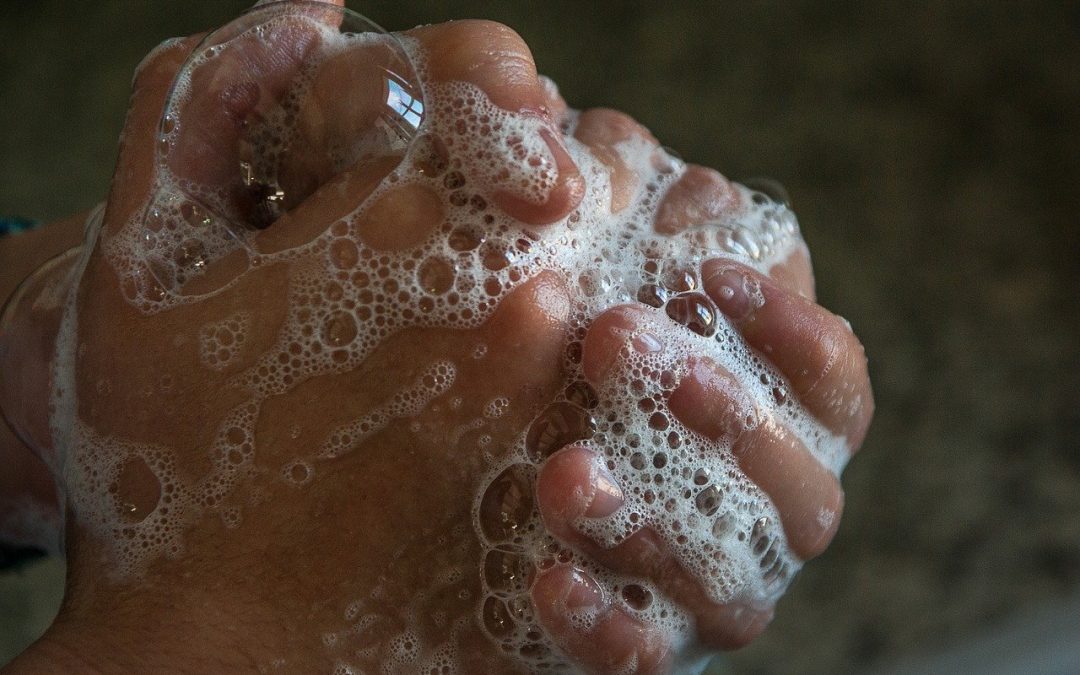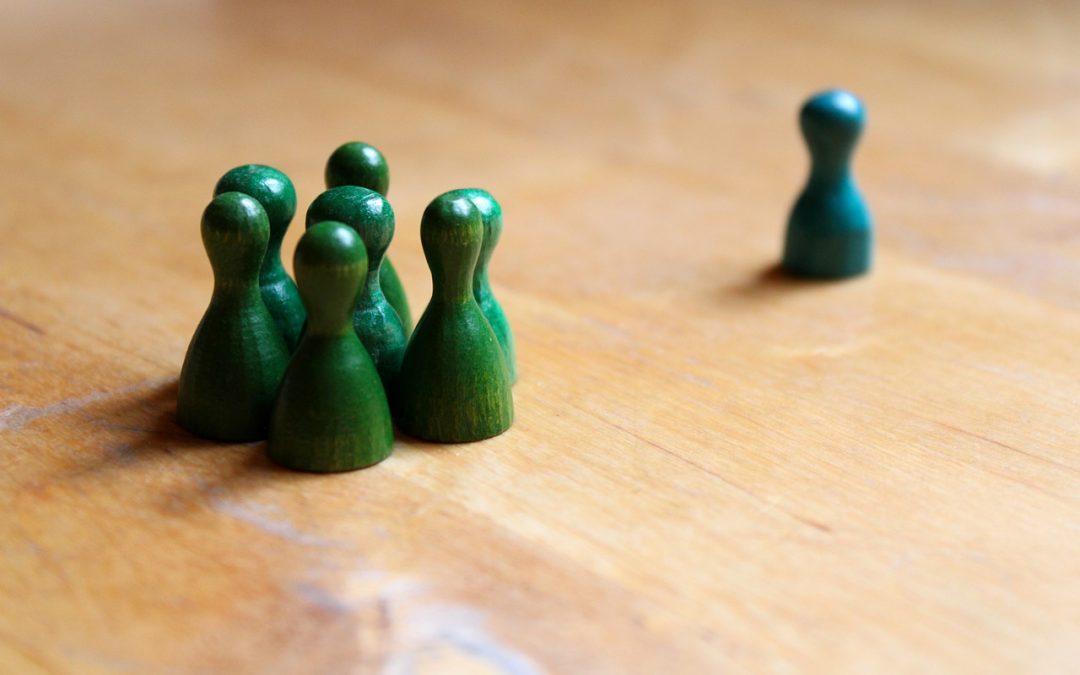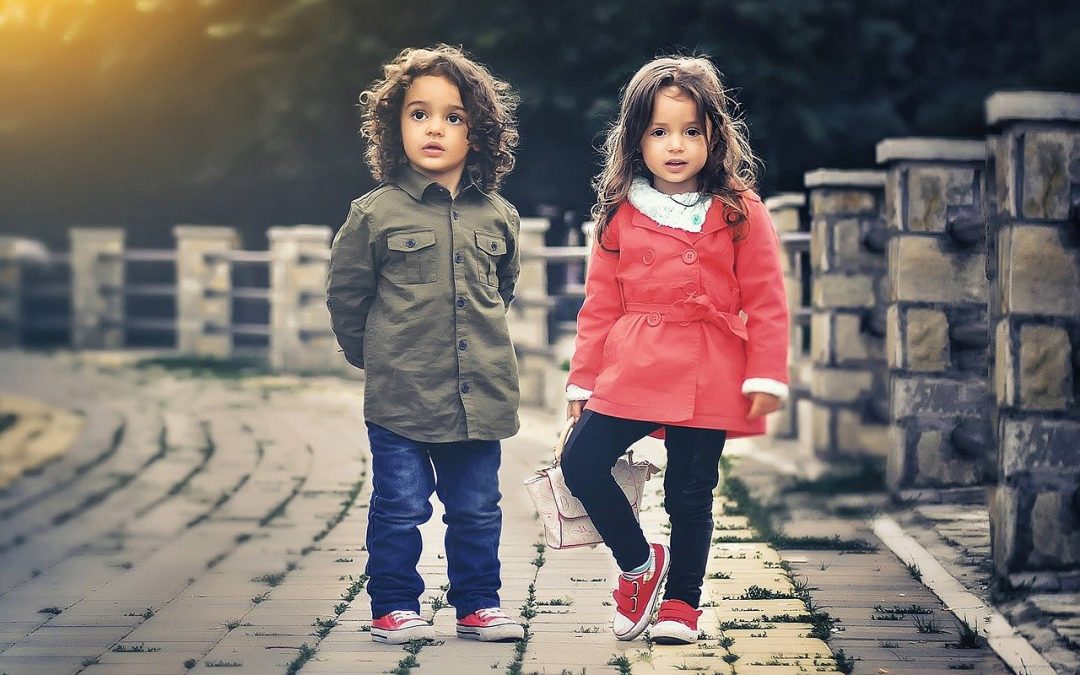
by dnshah | Apr 2, 2020 | Health and Wellness Tips, Virus
The whole world is suffering through this COVID19 pandemic. We all want to know how we can prevent getting this virus. The experts say it’s fairly simple…. But it’s eluded the whole world. The simple rule is to keep your hands free of the virus at all times, and never touch your hands to face unless they have been freshly washed. Yes, it sounds simple; but in actuality… it is the hardest thing to do. This is why it has eluded the whole planet.
The prevention formula = hands free of virus + don’t touch face unless hands are clean
Keeping Hands Free of Virus
While your hands need not be clean as you are doing tasks, the things is that you must wash them thoroughly before touching your face. And if you, like me, have a subconscious habit of itching your nose, pushing your hair off your face, or rubbing your fingers across your chapped lips; well then you may need to keep your hands clean WHILE you are doing work too. So this means you will need to keep the hand sanitizer available and use it after you push that elevator button, open a door knob, push that grocery cart, receive that take-out meal, check for mail, or process the mail, etc. If you don’t have hand sanitizer (like many), then you must be vigilant about NOT touching your face until you get the opportunity to wash your hands.
Don’t Touch Face Unless Hands Clean
Before you satisfy that itchy nose, those hands need to be thoroughly clean. This means at least a 20second- hand washing hygiene with a soap that foams. It consists of washing the fronts and back of the palm, thumb, interlacing fingers, and wrist. Once your hands are clean, you can touch your face again. The second you touch or pick up something else, you can’t touch your face until washed again.
Since most people are washing their hands numerous times per day, we also should be moisturizing at the end of each day.

by dnshah | Apr 2, 2020 | Virus
My final thoughts in March, 2020 are that with this global outbreak happening right now, there are two distinct populations emerging: those that have gotten COVID-19 and those that haven’t. The survivors of our infected population are emerging as the “immune” population. Eventually there may be a need to differentiate which population we belong to (perhaps like a “digital certificate”) identifying those that have already had exposure. They are the ones we will count on for plasma therapies and research to vaccinate those of us that haven’t had exposure. They are the ones that can safely travel and lend support elsewhere. They are the ones that have an opportunity to help reinstate our medical care entities that will grow weary. They are the ones that will be in high demand, in fact I already see social media posts asking for these immune people’s assistance. They are the ones that can “get on” with their lives, while the rest of us avoid [delay] exposure flatten the curve and wait for herd immunity or a successful COVID-19 cocktail therapy.
Currently due to HIPAA regulations, we don’t know which population one belongs to; and I wonder if that will change based on demand and need. Our current vaccine timeline is still 1-2 years away. 1. What do you think?
- Do you think we should identify if we’ve been exposed or not?
- And considering that many people are asymptomatic carriers, how will we effectively test everyone that has been exposed?
- Do you think we should have private testing of COVID-19 since the public testing is falling short of demand?
So for most of us, our days of boosting immunity, staying healthy and strong, and social distancing – we are living our “new normal” for a while. Be safe and be kind to one another.

by dnshah | Apr 2, 2020 | Virus
From the most recent data in China (March 16, 2020 Study), we’ve learned that children (0-18) ARE susceptible to COVID-19, but ther symptoms are generally less severe compared to adults. Other key learnings include:
- The number of boys vs. girls were similar
- Of the total children’s population infected, 4% were asymptomatic, 50% were mild symptoms, 37% were moderate, & 9% were severe/critical.
- 9% of infected children had severe symptoms, compared to 18.5% of infected adults which had severe symptoms from a February, 2020 analysis of China outbreak.
- Of the 9% of children which had severe symptoms:
- 11% were aged 0-1
- 86% were aged 2-15
- 3% were aged 16-18
It is theorized this may be due to younger children’s immune systems not being as developed, but we don’t know conclusively. No age was spared, however it seems that children generally have less severity.
Our analysis is always only as good as the data we use to analyze. We don’t know the accuracy of the reported number of cases in China, but all we can do is infer from the existing data and use it to forge ahead in the best way possible.





